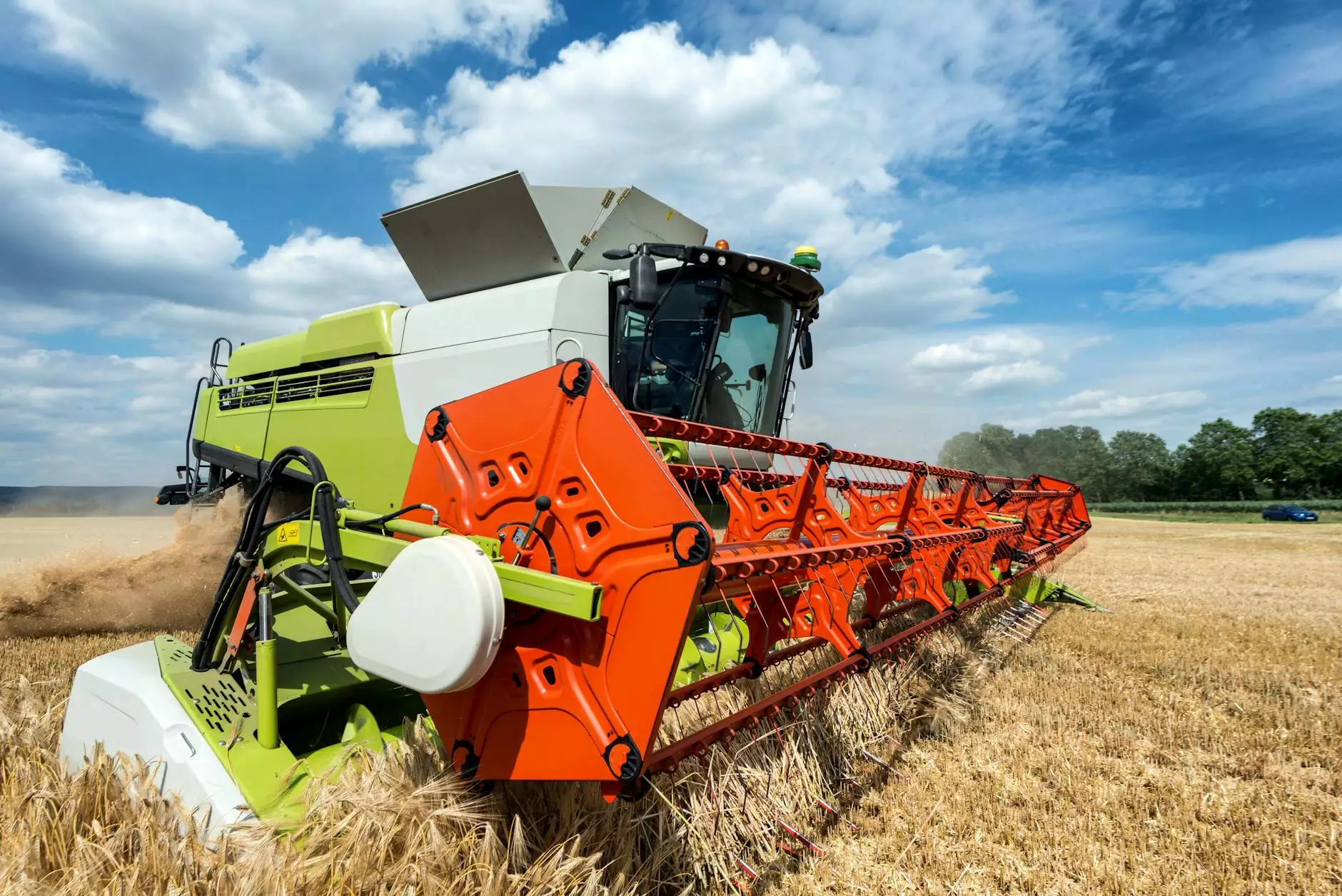The Wonders of Wheat Straw Fiber

In today's world, where sustainability and eco-friendliness are key considerations, the use of wheat straw fiber has been gaining popularity. This natural material, derived from wheat straw, offers a range of benefits that make it a preferred choice for various products.
What is Wheat Straw Fiber?
Wheat straw fiber is the natural byproduct of harvested wheat. It is the stalk left behind after the grain is harvested and has traditionally been considered as waste. However, innovative solutions have been developed to utilize this otherwise discarded material to create eco-friendly products.
Benefits of Wheat Straw Fiber
One of the primary benefits of wheat straw fiber is its sustainability. By repurposing wheat straw, products made from this fiber help reduce waste and promote a circular economy. Additionally, wheat straw fiber is biodegradable, making it an environmentally friendly alternative to traditional plastics.
Furthermore, products made from wheat straw fiber are lightweight yet durable, making them ideal for a variety of applications. From packaging materials to household items, the versatility of wheat straw fiber makes it a versatile and practical choice.
Applications of Wheat Straw Fiber
The use of wheat straw fiber can be seen in a wide range of products, including disposable food containers, utensils, and even furniture. Its natural texture and earthy look make it an appealing choice for those looking to incorporate sustainable materials into their everyday lives.
Environmental Impact
By choosing products made from wheat straw fiber, consumers can contribute to reducing the reliance on traditional plastics and lowering their carbon footprint. The production of wheat straw fiber requires fewer resources compared to conventional materials, making it a more sustainable option overall.
Conclusion
As awareness of environmental issues continues to grow, the demand for sustainable materials such as wheat straw fiber is expected to rise. By exploring the potential of this natural fiber and adopting products made from it, individuals and businesses can make a positive impact on the planet while enjoying the benefits of a renewable resource.









